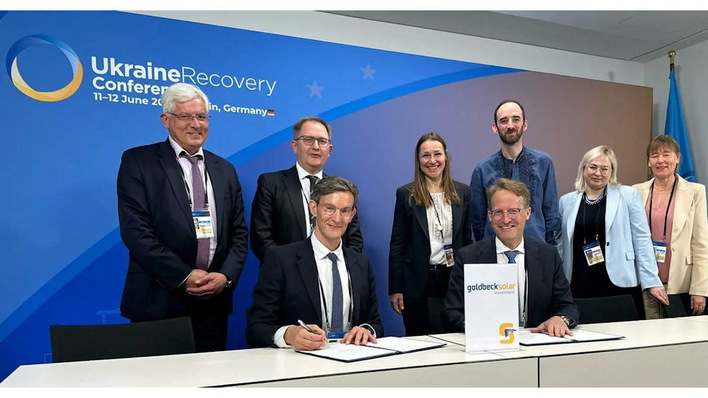Switzerland has missed its climate targets in some areas. The current greenhouse inventory of the Federal Office for the Environment (Bafu/OFEV/UFAM) shows that the Swiss emitted 45.2 million tonnes of CO2 in 2019. This is 14 per cent less than in 1990, but the federal government’s target for 2020 was a 20 per cent reduction.
Transport remains the problem child
While the energy sector has already made good progress on the path to climate-neutral supply, the Swiss‘ problem child is primarily transport. With 15 million tonnes of CO2 in 2019, it even emitted one percent more greenhouse gases than in 1990 – despite the increasing admixture of biofuels. This means that the transport sector missed the target of minus ten percent in 2020, emphasise the officials of the Bafu.
Building sector on the right track
The building sector is in a better position. After all, a lot has happened in Switzerland in this sector in recent years. Energy efficiency has increased, and renewable energies are increasingly finding their way into heating rooms in the form of photovoltaic heat pumps and heat pumps powered by green electricity.
See also: Massive expansion of renewables is needed
Oil and gas boilers are increasingly being replaced by such heating systems. This has led to a 34 per cent reduction in emissions in this sector in 2019 compared to 1990. However, this was also not enough to achieve the target of a 40 per cent reduction in 2020.
Industry with good interim results
With 14 percent less CO2 emissions in 2019 compared to 1990, the industrial sector is at least on the home stretch. For this sector, reductions of 15 percent were planned for 2020. However, the reduction of CO2 emissions by industry has hardly decreased in recent years, so that the analysts of the Bafu assume that in 2020 this target will also have been missed.
Also interesting: Axpo launches hydrogen initiative in Switzerland
However, the concrete data will be published in the next greenhouse inventory, which will appear in 2022, when the overall energy statistics for 2020 are available. This is because the Bafu calculates CO2 emissions on the basis of the fossil energy sources used. (su/mfo)







